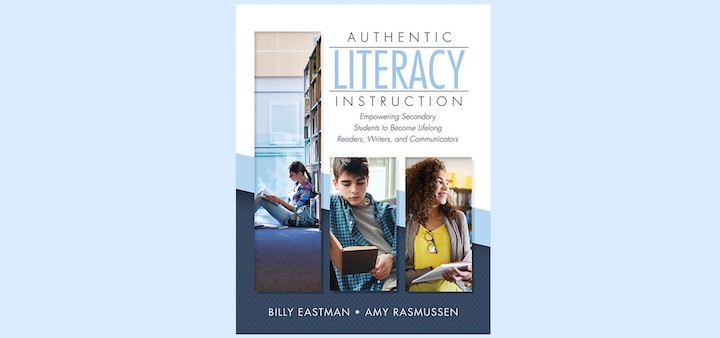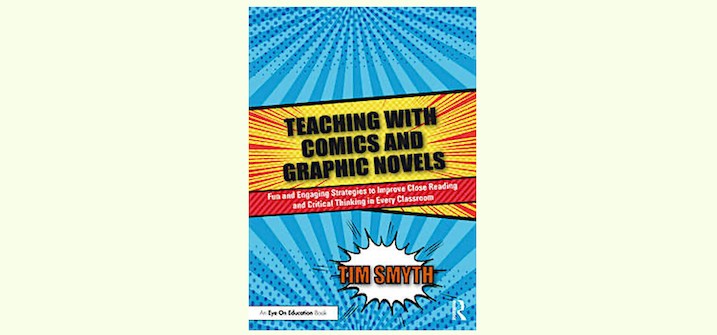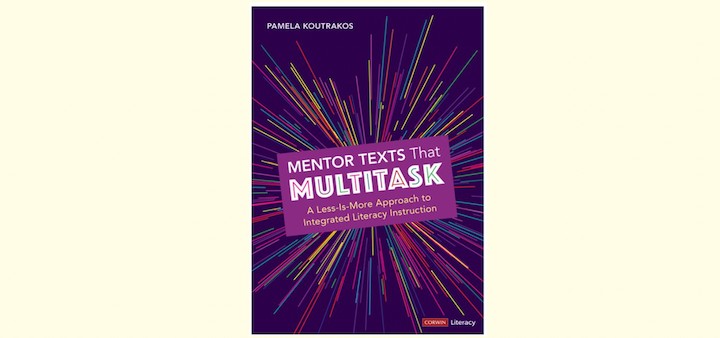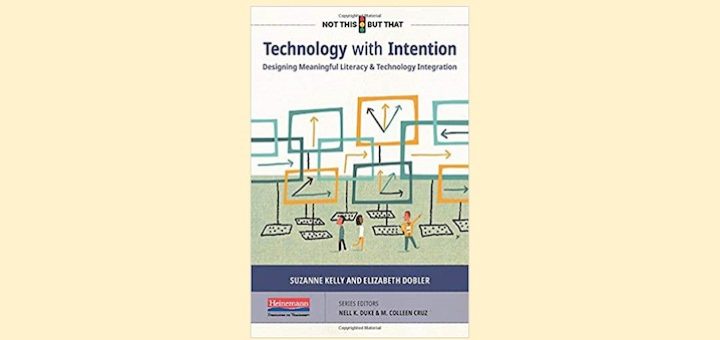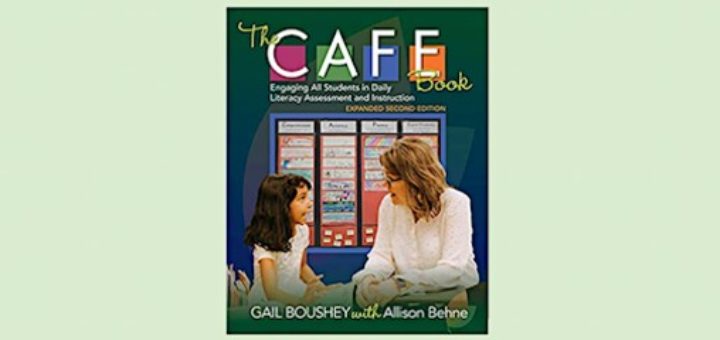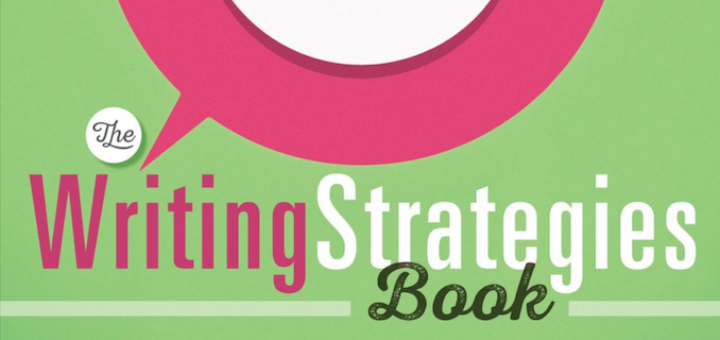Tagged: literacy instruction
Authentic Literacy Instruction cuts through the literacy fog and all the opposing claims about reading instruction to present practical, actionable techniques teachers can use with any curriculum in grades 6-12, says ELA/reading teacher Erin Corrigan-Smith.
Using engaging strategies and many examples, teacher Tim Smyth makes a convincing case for viewing comics and graphic novels as literacy tools, helping build reading and critical thinking skills. Kevin Hodgson is glad that Smyth also shows how kids can create their own comics.
Pamela Koutrakos’ example-filled “Mentor Texts That Multitask” shows teachers how to design lessons that meet multiple instructional priorities. Sherry Liptak found it to be “a great fit for my professional bookshelf – though I think it will spend more time in my hands!”
Suzanne Kelly and Elizabeth Dobler help us understand that technology, when used with intention, can help teachers augment instruction without letting it dictate what we do.They offer many tools and ideas to guide decision making as we integrate tech into our lesson plans.
Based on the first edition’s core concepts for improving daily literacy learning and assessment, The CAFÉ Book has added teacher feedback, hands-on work with students and teachers, and research to strengthen the original practice, writes teacher educator Linda Biondi.
Consultant Jen Serravallo often hears teachers say they’re uncomfortable teaching writing. Her solution: promote student engagement and independence. As kids become more excited, she says, “that enthusiasm will spill over to you.” Here are five ideas to get started.
The new edition of The Daily Five by the Two Sisters (Boushey and Moser) refines a popular ELA & math literacy program and offers powerful strategies that can lead to student independence. Start reading now for next year, says reviewer Linda Biondi.
Falling in Love with Close Reading by Lehman & Roberts has cured the close reading fatigue of reading coach Katie Gordon. “I’m learning about the invisible processes I use as a reader so I can reveal them to students for whom they are not automatic.”
In addition to its comprehensive, CCSS-friendly approach to integrating vocabulary lessons into literacy curriculum, Word Nerds: Teaching All Students to Learn and Love Vocabulary is also fun for students, says reviewer Linda Biondi.
In The Literacy Cookbook: A Practical Guide to Effective Reading, Writing, Speaking, and Listening Instruction, Sarah Tantillo’s banquet of tasty recipes for good literacy instruction are also a helpful ELA Common Core resource, says reviewer Linda Biondi.

